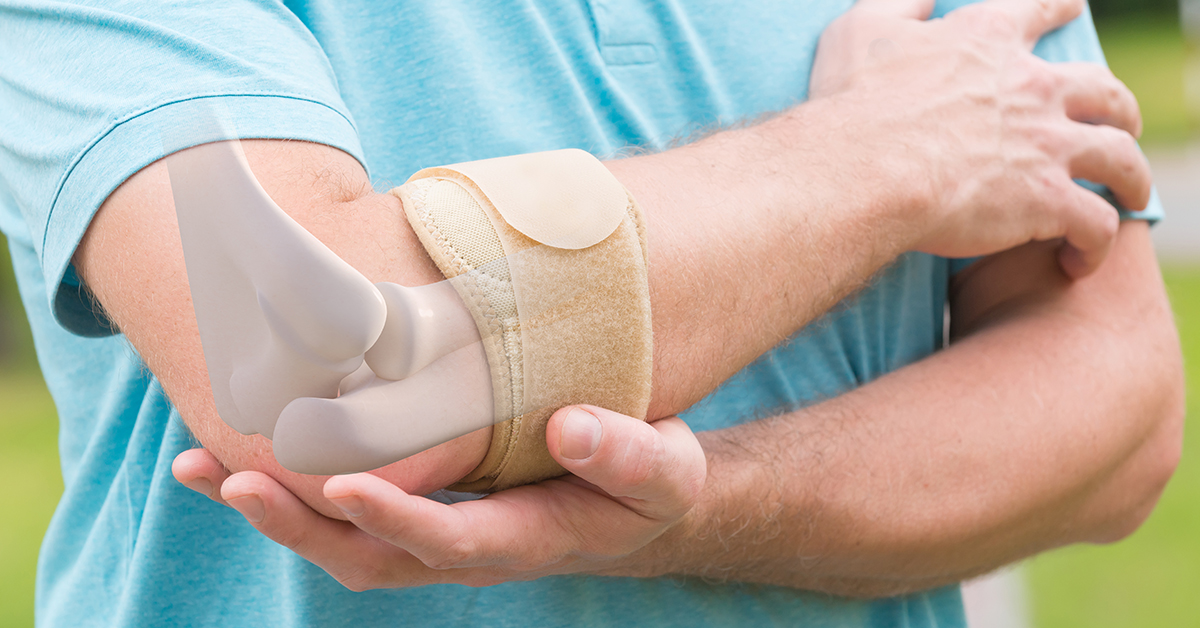
What is Ulnar Nerve Transposition?
The ulnar nerve is a single nerve that arises from a group of nerves called the brachial plexus. It runs down the inner aspect of the arm, behind a bony prominence on the inner side of the elbow called the medial epicondyle, and all the way down to the hand, supplying sensation to the muscles of the forearm and hand along the way.
Ulnar nerve transposition is a procedure performed to move the ulnar nerve from behind the medial epicondyle to a suitable position where it is not irritated or pinched by this bony prominence. The word transposition means to change in position.
Who needs Ulnar Nerve Transposition?
Ulnar nerve transposition is performed in patients in whom the ulnar nerve is compressed against the medial epicondyle. Compression can occur due to excessive pressure on the area where the ulnar nerve is located, such as from leaning the elbow on a desk for many hours, fracturing of the medial epicondyle, or even resting the elbow on the car window when driving long distances. In addition, certain conditions like rheumatoid arthritis and cubital tunnel syndrome can also cause entrapment of the ulnar nerve.
As a result of compression of the ulnar nerve, the function of the nerve is compromised. Patients may have pain at the site of the medial epicondyle or may even have weakness of the muscles that are supplied by the ulnar nerve. Other symptoms may include tingling and numbness in the fingers.
What are the steps in Ulnar Nerve Transposition?
Preparation
The procedure is performed under general anesthesia or with regional anesthetic. The ulnar nerve area is located and cleaned with an antiseptic solution.
Initial Incisions and Nerve Location
A small incision is made around the medial epicondyle and the surgeon will locate the ulnar nerve.
Transposition
This nerve is then moved out of its location under the medial epicondyle and placed in a more superficial area on the front the medial epicondyle. This new position may be directly under the skin or may be within a muscle. This process of moving the ulnar nerve out of the groove under the medial epicondyle into the front of the epicondyle is called anterior transposition.
End of Procedure
Following ulnar nerve transposition, a plaster cast or a splint is applied to the elbow, maintaining it in a bent position. The bent position may be set at a 45 degree angle, which is when the ulnar nerve is placed under the skin, or at a 90 degree angle, which is when the ulnar nerve is placed within the muscle. This position is maintained for a period of approximately 2 to 4 weeks. This allows for the skin incision to heal and for the ulnar nerve to get used to the new position that it has been placed in.
After Surgery
It may take 3 to 6 months for a full recovery, but recovery time will vary depending on the type of surgery, the severity of the injury, the patient's general health and adherence to physical therapy exercises, and other factors. After 2 to 4 weeks, physical therapists will advise an exercise plan to enable a full range of motion of the elbow joint. Muscle stretching and toning exercises are gradually performed, not only to restore full function, but also to reduce swelling and control pain.
Because a detailed history and a clinical examination is performed prior to any surgical procedure, the chances of developing any side effects or complications are unlikely. While rare, the risks associated with this procedure are those related to general anesthesia or injury to the nerve during transposition.

